louisiana’s ancient mounds
The complex of ancient mounds known as Watson Brake is among the oldest groups of earthworks in the United States. The mounds are located southwest of Monroe in northeastern Louisiana and are believed to be more than 5,000 years old.
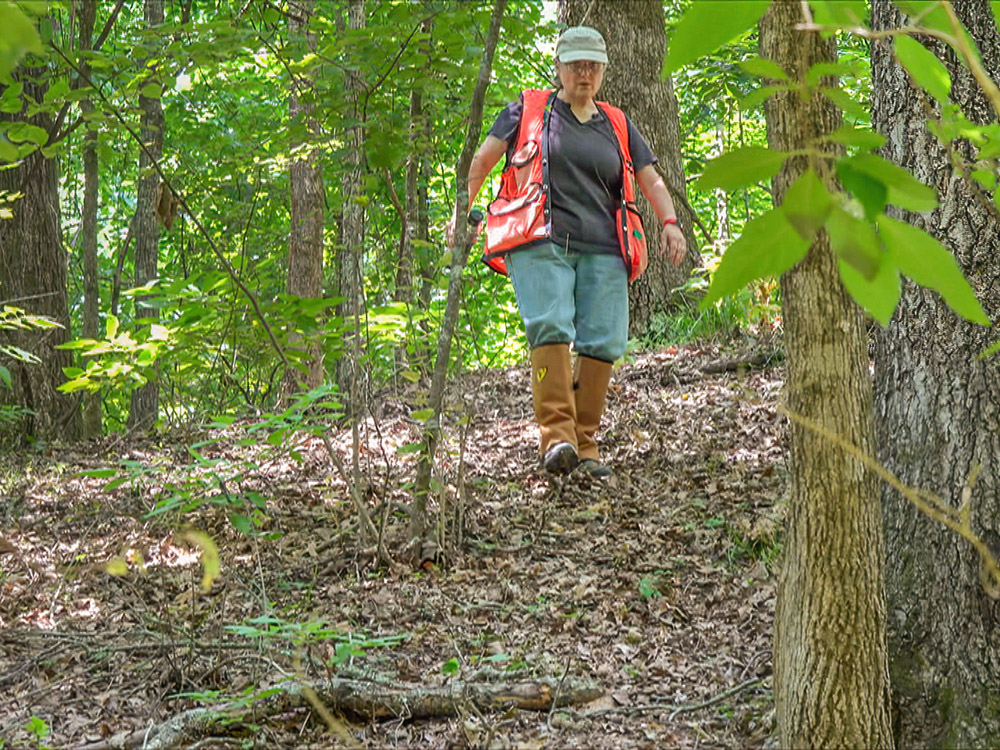
Dr. Diana Greenlee, an archealogist with the University of Louisiana, Monroe, leads me through a heavily wooded area to the mound site. The tallest of the earthworks rises twenty-five feet above the flat forest ground. She explains that the site contains eleven man-made mounds of various elevations. The smallest is only three-feet tall. “It looks like they started construction around 5,400 years ago and they would have stopped sometime around 4,800 years ago,” explained Greenlee. The mounds pre-date the Great Pyramids of Egypt and England’s Stonehenge.
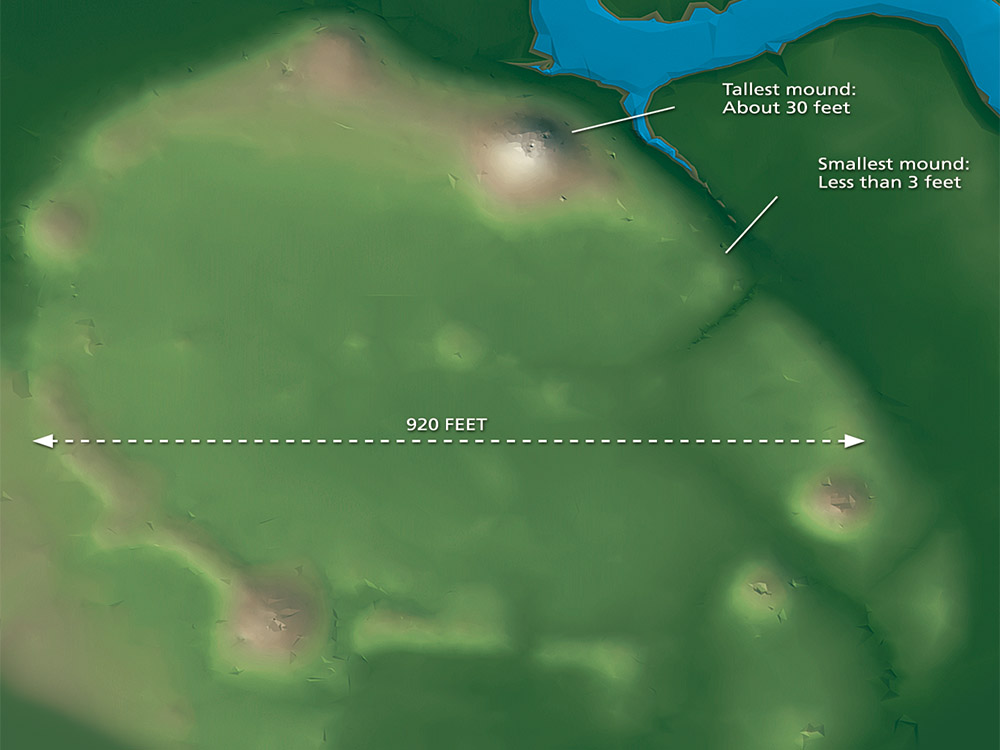
Aerial depiction of Watson Brake mound complex (courtesy ULL)
watson brake mounds built near river
The mounds stand near a small stream called Watson Brake. The water feeds into the Ouachita River located about one mile to the east.
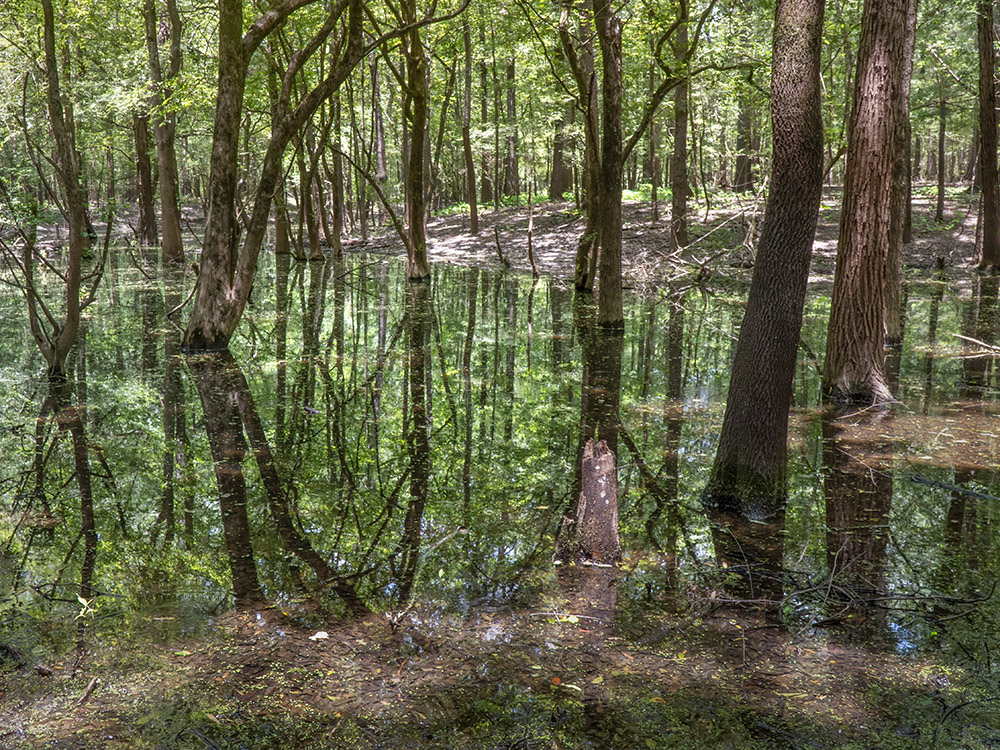
Researchers believe that ancient people occupied this site, off and on, for a period of several hundred years. The purpose of the mounds is a mystery. They were not used for burials. “It could have been a way to reinforce relationships and cooperation,” Greenlee suggested. She added, “It could also signal to other people that we have the resources and the people that can build cool stuff like this.”
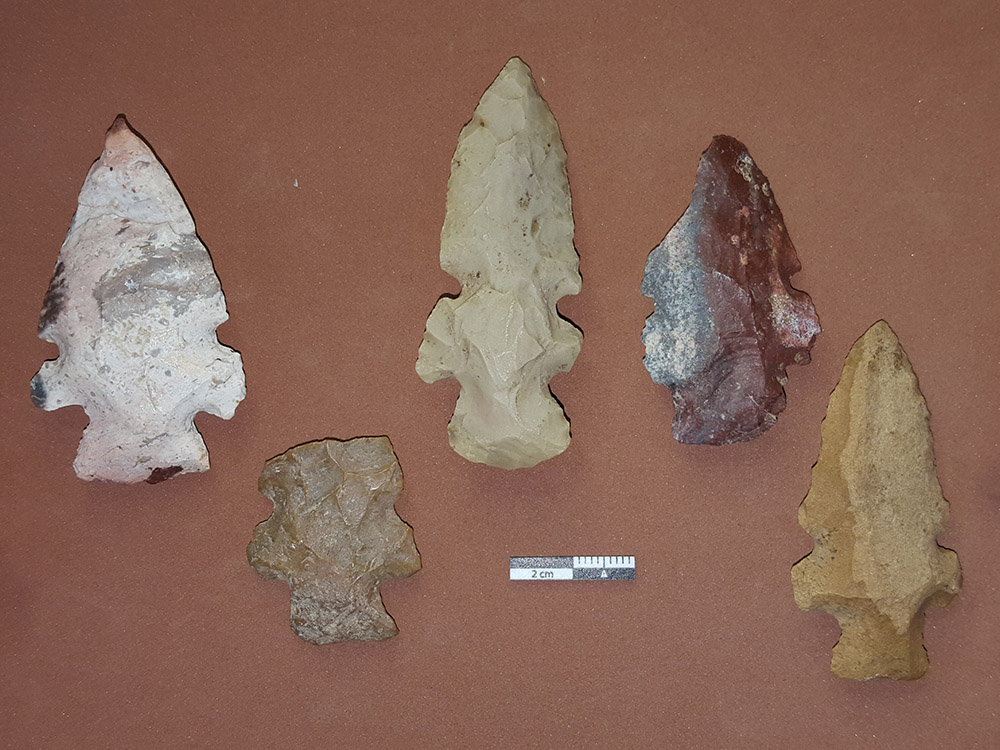
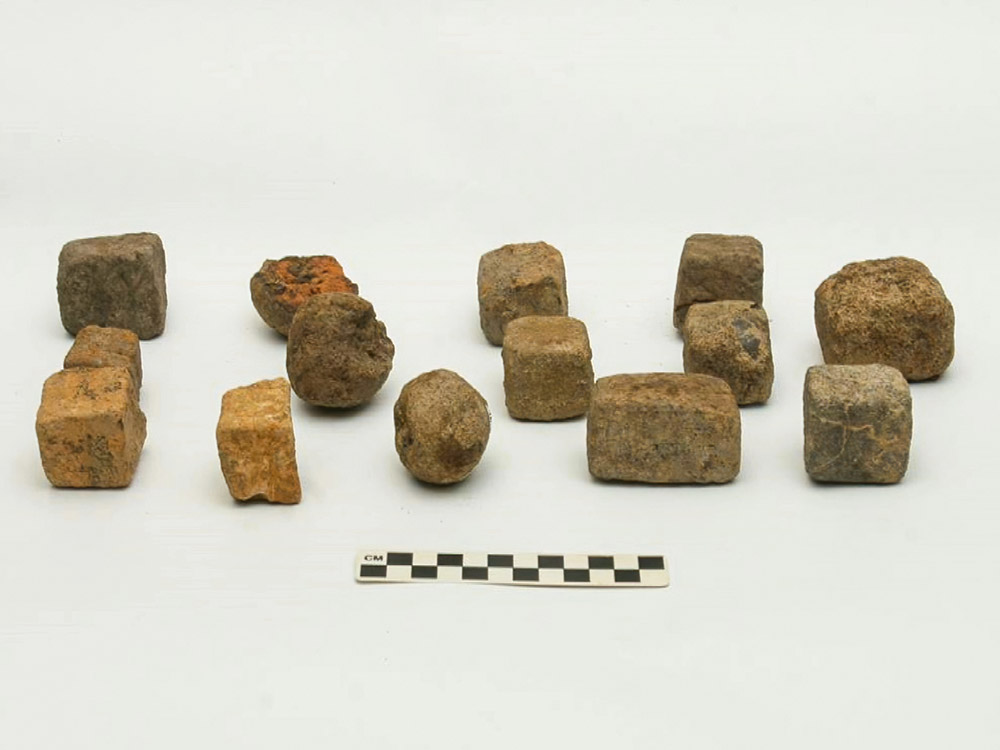
artifacts found at watson brake
Artifacts found at the mound site also help to date the complex. Arrow and spear points, along with small earthen bricks, are from the Middle Archaic Period and part of the Evans Culture. Greenlee says “They were hunters-fishers-gatherers. There are projectile points called Evans points because of their distinctive notch.” The inhabitants made the small bricks from dirt that was fired.
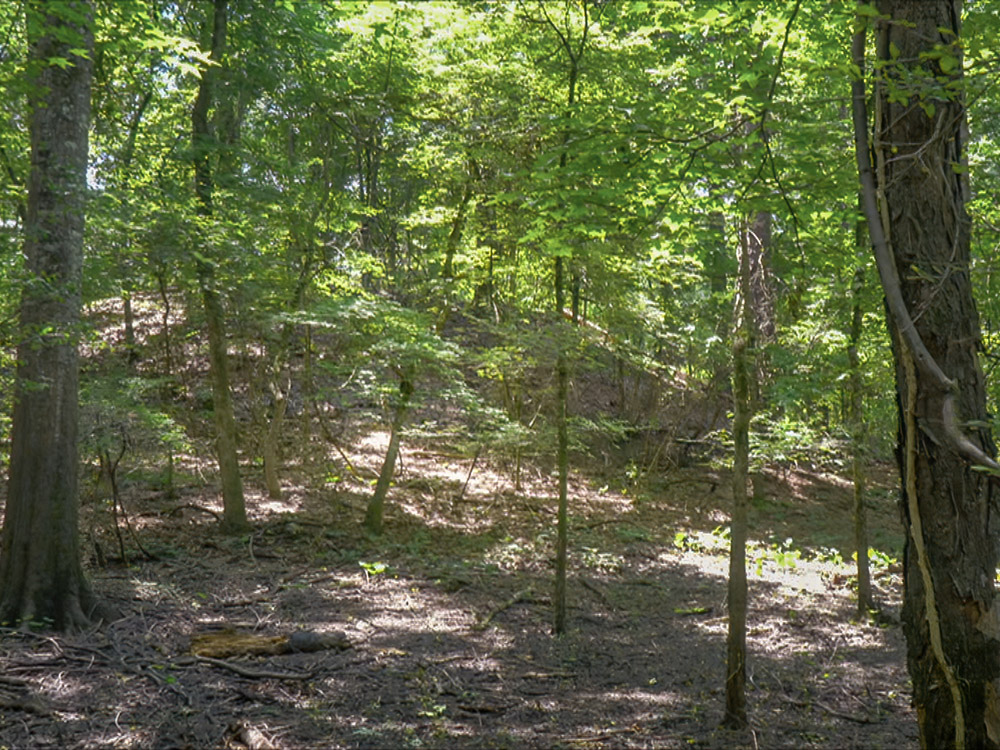
a recent discovery
Archealogists found out about the Watson Brake mound complex in the 1980’s. A local resident noticed the earthworks when the land was cleared for timber. The site is not open to the public. Some of the mounds are located on private property. The state of Louisiana has acquired a portion of the land. There are numerous mound sites elsewhere that can be seen by the public, including the World Heritage Site at Poverty Point, Louisiana. Poverty Point is more than three times larger, but the Watson Brake complex is two-thousand years older.

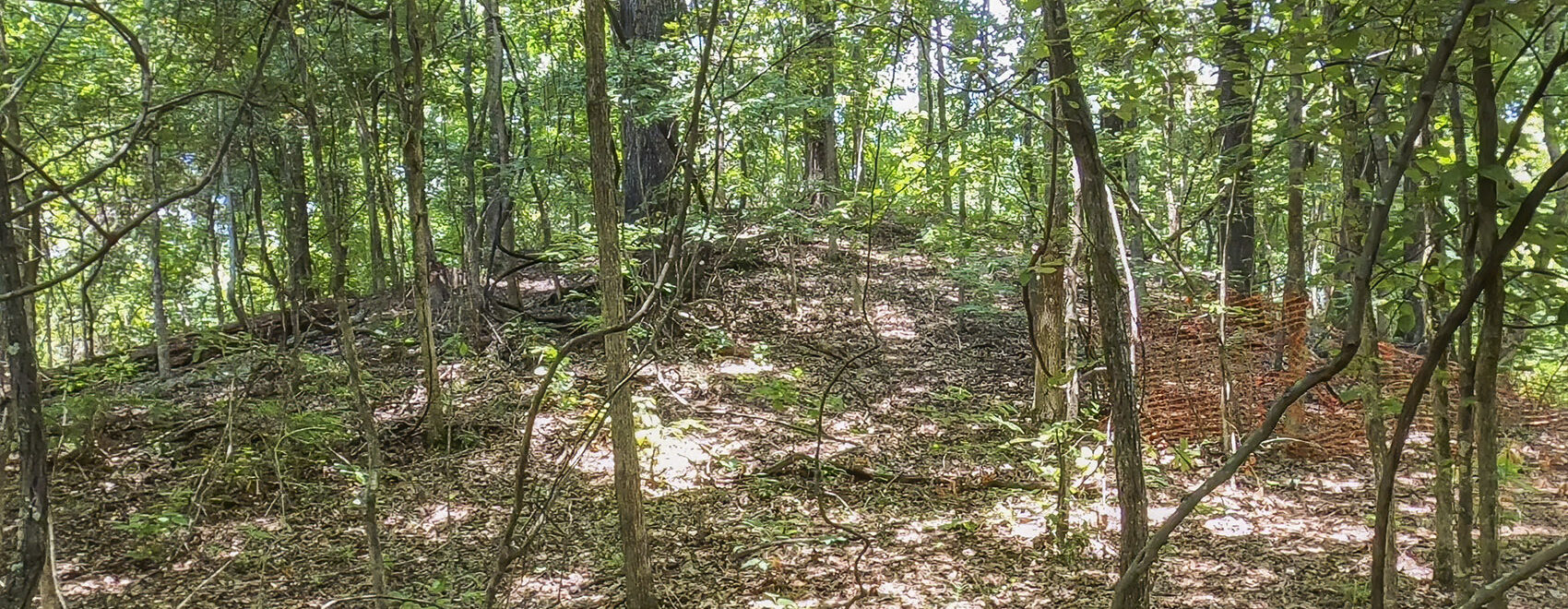
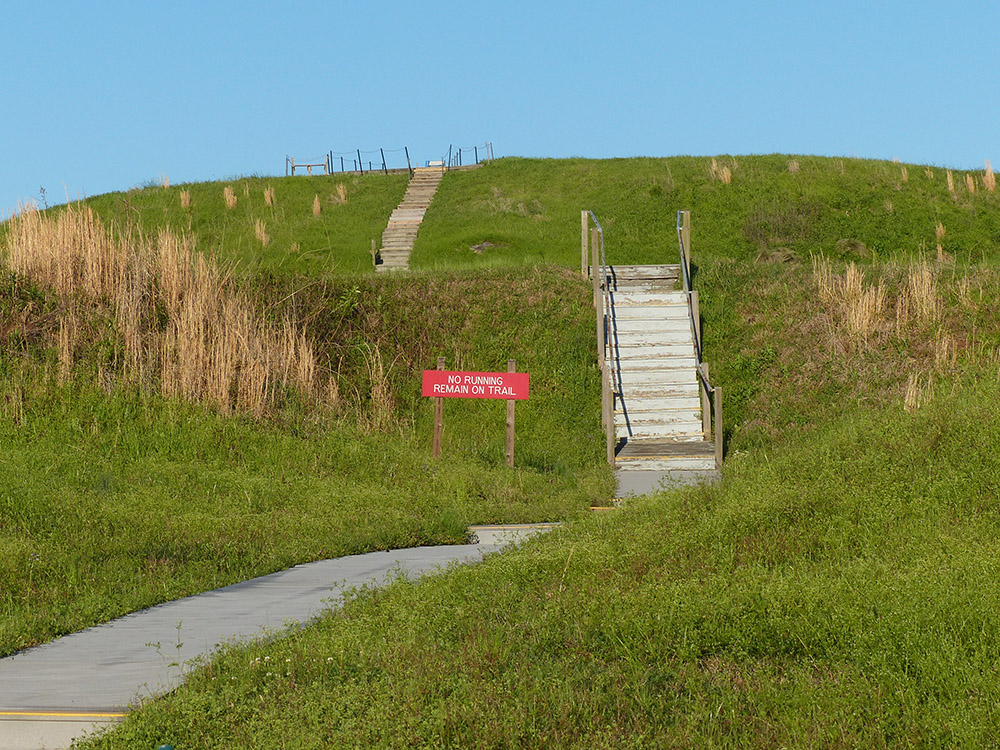
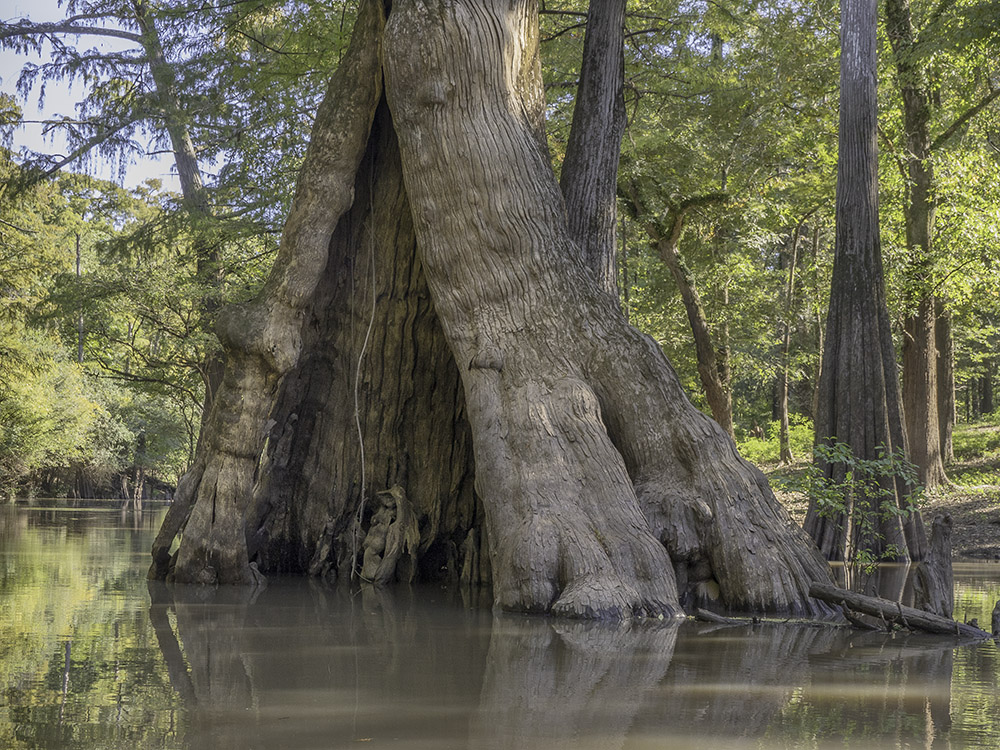

gary d clark
These mounds were constructed only for the purpose of the flooding and the overflowing the of the rivers before the levees were built.
Tommy Lane
Oh really? This information comes from where?
AMBER C Holland
You are referring to a social and cultural construct of an environment that is thousands of years post-creation. You are also not taking into account the uplift and erosion of the Mississippi into the lands. The period directly following the “Ice Age,” when the oceanic waters would have risen, would have seen major changes in all land masses, but this statement is too generic and too simplistic to be credible. While indigenous land formations are known to be altered to assist in fulfilling various needs of those occupying territories (consider the floating gardens of the Mexica), it is presumptive and highly doubtful that such effort would be applied to a “menial” application that would (if your assertion was entirely accurate) erode. These mounds are known to have many purposes and have established rituals, orientations, and other purposes.
Richard
That makes sense!
I live in a rural rainforest area of Southern Thailand. Here the old houses are still here because they used trees and built sleeping areas up 6- 10 feet. In the area below was daily life activities.